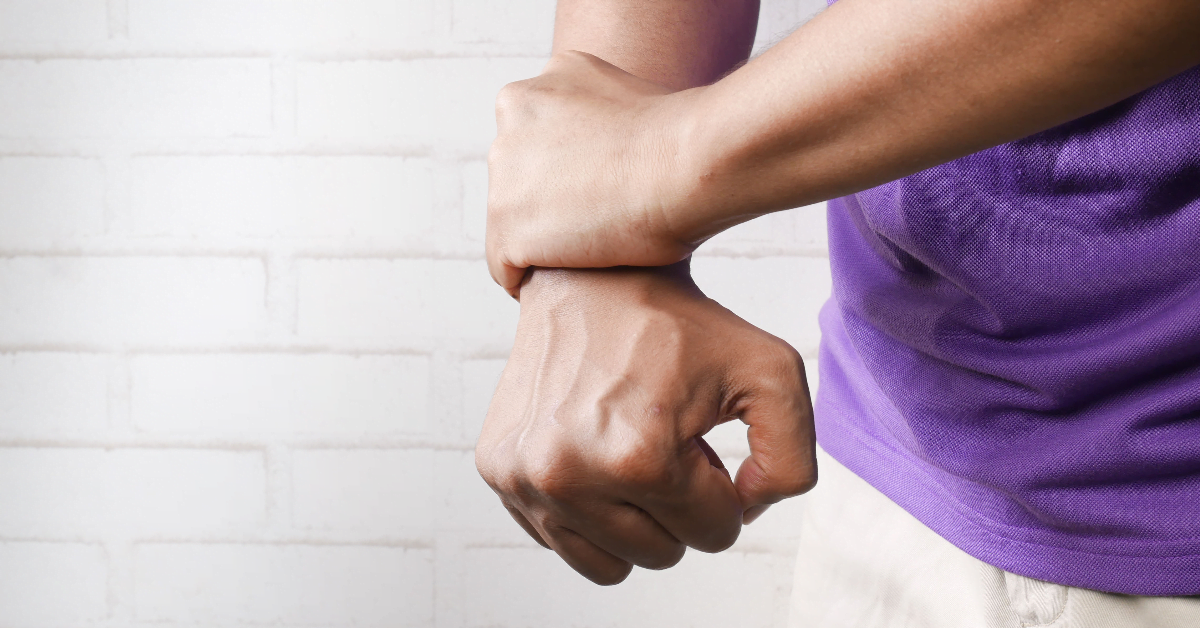Osteoarthritis & How Physiotherapy Can Assist
Everyone knows someone who talks about having “a touch of OA” – But what does that even mean? And more importantly, what can be done about? Let’s have a quick look at what Osteoarthritis (OA) is, then we can start to talk about what Physiotherapy can do to help.
Five Fast Facts about Osteoarthritis:
- It is the most common form of Arthritis.
- Occurs most frequently in the hands, hips and knees.
- Caused by the cartilage at the end of the bones wearing down and the bone underneath changing shape.
- Major risk factors include both preventable and non-preventable. Non-preventable risks include things like your age, genetics and where your family is from. However, the preventable risks are overuse injuries, obesity or a high BMI, and metabolic diseases such as Type 2 Diabetes.
- Signs and symptoms of OA include pain or aching in the affected joint, stiffness, decrease flexibility in the joint and/or swelling.
More information can also be found here.
In Australia, about 2.1 million people are estimated to have OA and early management has been shown to reduce the burden that OA places on the people who have it and the health system. Traditionally, people have been placed on a waitlist for joint replacement surgery. However, it has been shown that surgery is NOT the best first option, in fact, it is now considered to be the last option.
Conservative approaches, such as increasing physical activity, advice, education and weight control, are more effective in improving quality of life, increasing self-efficacy and reducing pain.
There is overwhelming evidence that physical activity is not only safe for those with OA but it is able to reduce pain, increase the movement in the joint and return you to a functioning level again. And this is where your Physiotherapist can help.

Your physiotherapist will:
- Spend some time getting to know you and finding out what you want to get back to doing that you can’t right now because of your OA.
- Take a full physical assessment of your pain, function, strength and range of motion.
- Work together with you to set therapy goals to work towards.
- Give you lots of advice and education about ways to manage the non-preventable risk factors and change the preventable ones.
- Give you a home exercise program to follow and coach you through it to make sure that you stay comfortable whilst doing it.
- Check in regularly to make sure you’re tracking well, answer your questions and progress you toward your goals.
Other areas that your physiotherapist can help you with include:
- Discussing options for bracing your joint and/or appropriate footwear to help unload your painful area of your joint.
- Manual therapies such as massage if there is restricted flexibility that is creating increased stress on the joint.
- Pain relief options such as hot/cold packs that can assist with symptom relief.
But what if the conservative methods don’t work for me?
Your Physiotherapist will still be able to assist you with a prehabilitation program. This program incorporates specialized exercises, combined with education, which is designed for those about to go into joint replacement surgery so that you are better prepared and recover faster.
Then when it is all over, your expert physiotherapist will be there to guide you through the post-surgical rehabilitation and get you back to your best level of function.
Physiotherapy and Osteoarthritis at National 360
 National 360 Physiotherapy services are delivered under our successful mobile delivery model, working with clients in their homes or within the local community. Our Physiotherapists treat a wide range of conditions, including Osteoarthritis, and across Paediatric, Adult, Pain, Neurological Musculoskeletal and Mental Health areas.
National 360 Physiotherapy services are delivered under our successful mobile delivery model, working with clients in their homes or within the local community. Our Physiotherapists treat a wide range of conditions, including Osteoarthritis, and across Paediatric, Adult, Pain, Neurological Musculoskeletal and Mental Health areas.
If you’d like to learn more about our Physiotherapy services, click here, or if you’re ready to make a referral you can do so online here.



